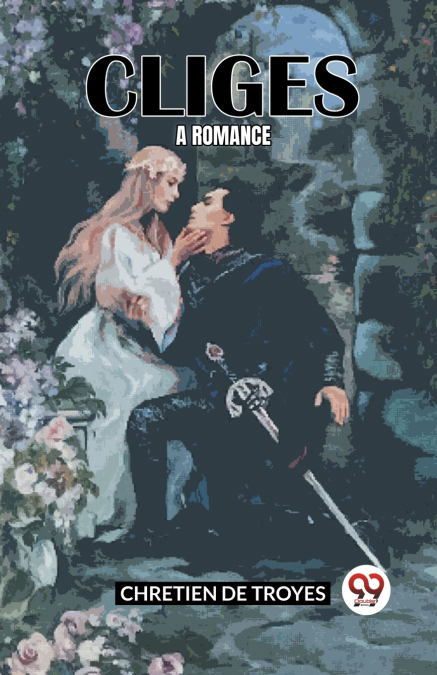
 Librería Desdémona
Librería Desdémona
 Librería Samer Atenea
Librería Samer Atenea
 Librería Aciertas (Toledo)
Librería Aciertas (Toledo)
 Kálamo Books
Kálamo Books
 Librería Perelló (Valencia)
Librería Perelló (Valencia)
 Librería Elías (Asturias)
Librería Elías (Asturias)
 Donde los libros
Donde los libros
 Librería Kolima (Madrid)
Librería Kolima (Madrid)
 Librería Proteo (Málaga)
Librería Proteo (Málaga)
'Cligès' become written through the French poet Chretien de Troyes. The tale turns into a tale of love, honor, and courtly intrigue. The story is commonly about Cligès, the primary person, who’s the Byzantine Emperor’s nephew. Cligès falls strongly in love with Fenice, who’s married to his uncle, and the two have an affair that is towards the policies. The book talks about courtly love, loyalty, and how complex relationships are within the upper elegance. Chretien de Troyes places together a complex internet of stories with elements of tour and political maneuvering. The tale is shaped with the aid of the tropes of medieval romance, such as quests, battles, and the code of chivalry. As Cligès offers with the issues that arise due to his forbidden love, the story goes into the ethical and moral problems that the characters ought to deal with. People realize Chretien de Troyes for his paintings on Arthurian fiction, and 'Cligès' is no one of a kind. The poem suggests how good the poet changed into at writing a tale that appears into the subtleties of human feelings, societal expectations, and the thoughts of courtly love that are not unusual in medieval literature. For many years, 'Cligès' has been a critical part of Arthurian literature, showing how famous memories of affection and bravery had been inside the Middle Ages.